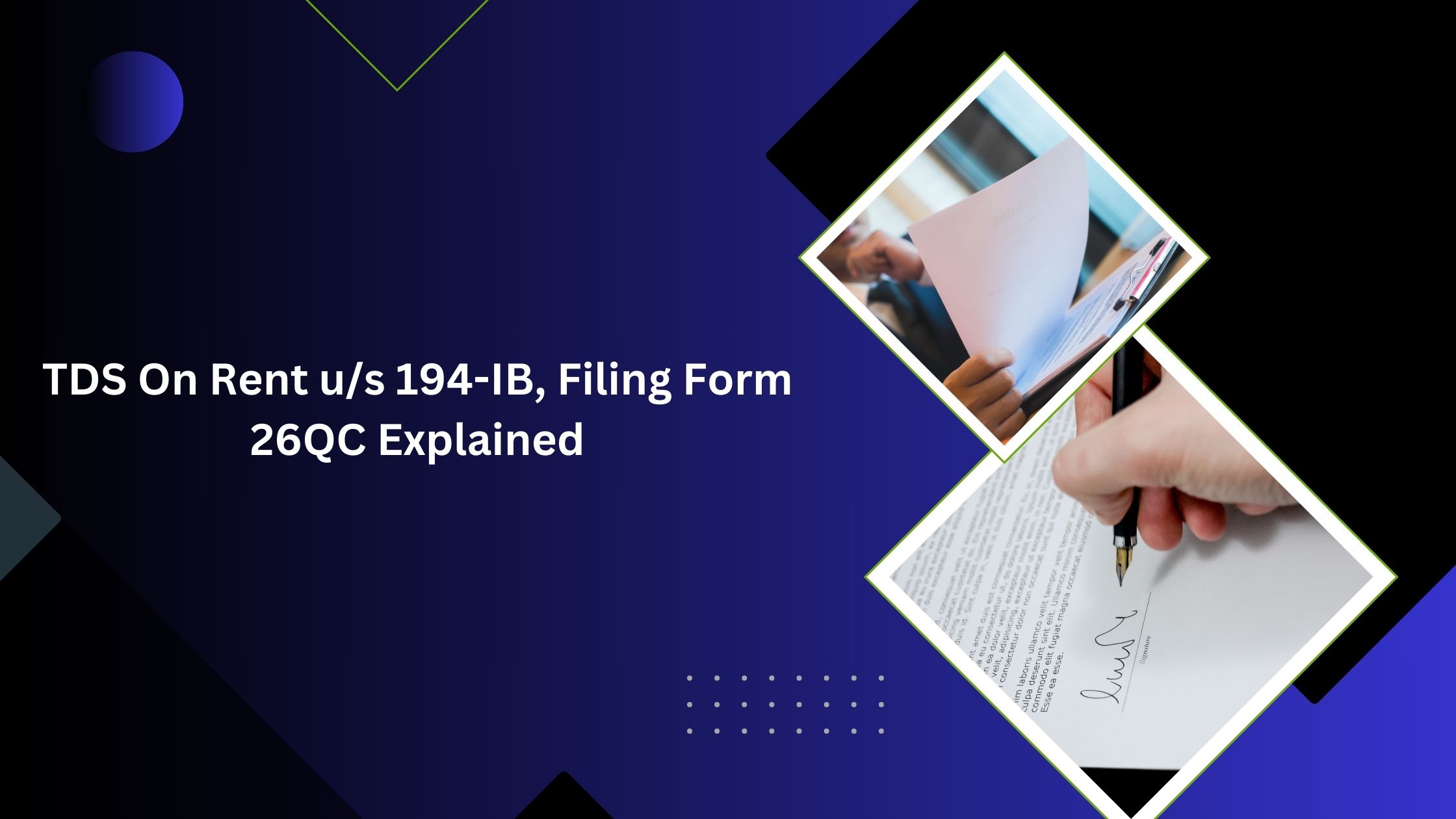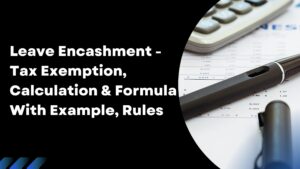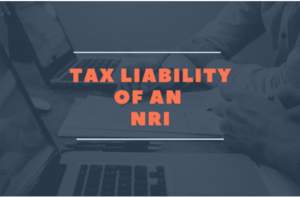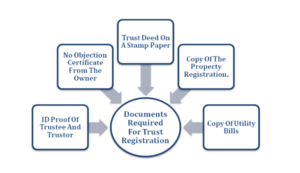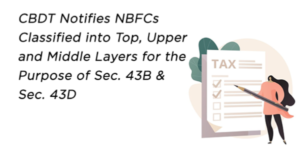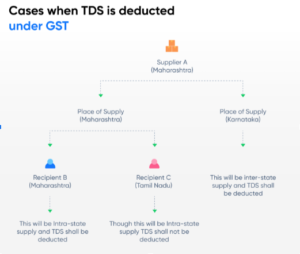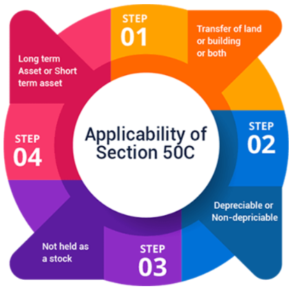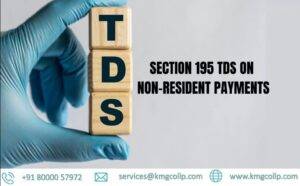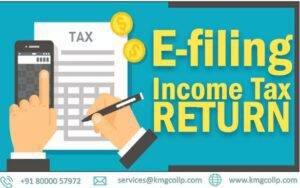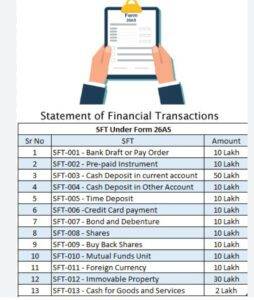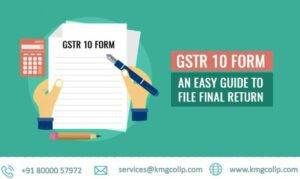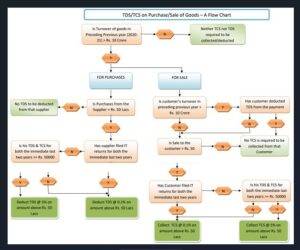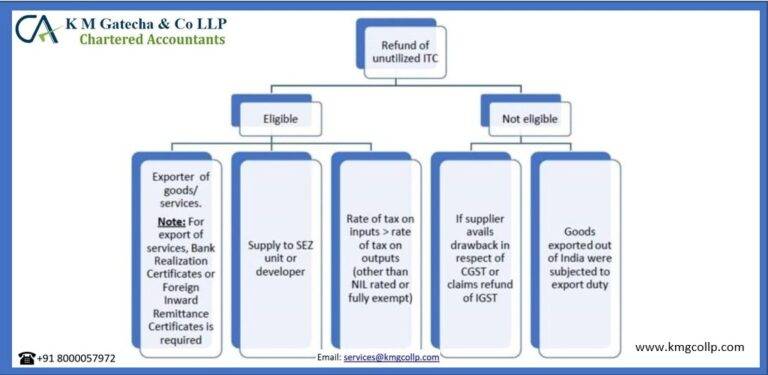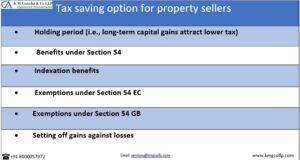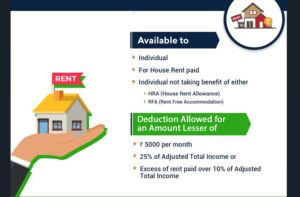Overview: Form 26QC is a challan-cum-return form used for reporting transactions subject to TDS on rent under Section 194-IB. This section is designed for individuals or Hindu Undivided Families (HUF) who make payments towards rent for residential or commercial purposes. The procedure, including when and how to file TDS, as well as the applicable thresholds and deduction rates, is explained below.

1. Background: Payment of Rent by Individuals/HUFs
It is common for individuals and HUFs to make rent payments for office or residential use. In the 2017 Budget, amendments were made to the TDS on Rent provisions, introducing Section 194-IB, which came into effect from June 1, 2017. This section specifically covers rent paid for the use of a building or premises. If you fall under this section, you must file your TDS using Form 26QC, as detailed below.
2. What is Considered Rent?
Rent refers to any payment made for the use of land, building, or both, under a lease, sublease, tenancy, or any other agreement, irrespective of the name by which the payment is referred.
3. Understanding Section 194-IB
3.1 Applicability
This section applies to individuals and HUFs who are required to deduct TDS on rent payments. However, those whose books of accounts are subject to a tax audit are exempt from this requirement.
3.2 Threshold Limit
TDS must be deducted if the rent exceeds ₹50,000 per month (or for any part of the month).
3.3 TDS Rates
The applicable TDS rate for rent payments is 5%.
3.4 Timing of Deduction
The TDS should be deducted at the earlier of the following two events:
- The last month’s rent payment for the previous year or the last month of tenancy, if the property is vacated within the year, or
- The actual payment of rent (either in cash or through a bank transfer).
3.5 TAN Requirement
For TDS deductions under Section 194-IB, you do not need a Tax Deduction Account Number (TAN).
3.6 Deductee Details
The PAN of the landlord/lessor is required to be provided. If the landlord does not have a PAN, the TDS will be deducted at 20%. However, the total TDS should not exceed the rent payable for the last month.
Important: If the rented property has multiple owners, Form 26QC must be filed separately for each owner, based on their share of ownership or as per the rental agreement.
3.7 TDS Return
The deducted TDS must be paid to the government using Form 26QC (a challan-cum-return form).
4. Filing Form 26QC: How to Submit Online
Form 26QC is a statement used to report transactions subject to TDS under Section 194-IB. The form must be filed for each rent payment made during the year.
Due Date: Form 26QC must be filed within 30 days of the end of the month in which the TDS was deducted.
For example, if rent is paid in April 2021, Form 26QC should be filed by May 30, 2021.
You can file Form 26QC online via the official Income Tax website: https://www.incometax.gov.in/iec/foportal/
Required Information for Filing Form 26QC:
Before filing, gather the following details:
- PAN and Name of the Tenant
- PAN and Name of the Landlord
- Addresses of both Tenant and Landlord
- Mobile number and email addresses of both parties
- Property address
- Tenancy period (number of months)
- Total rent payable
- Rent paid for the last month
- Date of payment and date of tax deduction
- Type of asset (Land/Building/Both)
- Bank details for payment
Ensure you have all necessary information on hand before starting the filing process as the form needs to be completed within 30 minutes.
Form Structure:
The form is divided into four sections:
- Taxpayer Information
- Address Details
- Property Details
- Payment Information
5. What is Form 16C and Why is It Important?
Form 16C is a TDS certificate issued by the tenant (deductor) to the landlord (deductee) to certify the TDS deducted and paid to the government under Section 194-IB.
Form 16C includes:
- Name and address of the Tenant and Landlord
- Total amount paid as rent
- Amount of TDS deducted
- Challan payment details
- Certificate number
The landlord must receive Form 16C within 15 days from the date of filing Form 26QC.
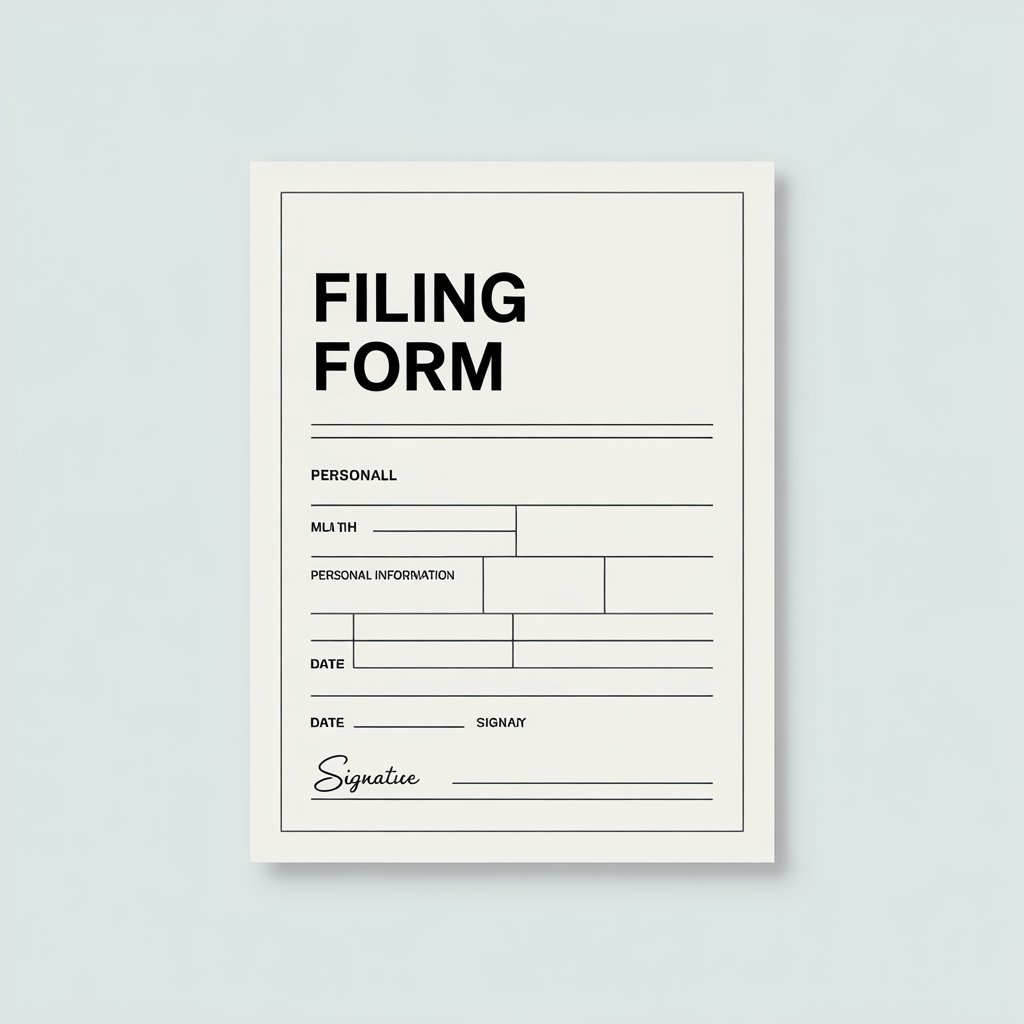
Need Help?
FAQs
1. Who is liable to deduct TDS under Section 194-IB?
TDS under Section 194-IB must be deducted by individuals or Hindu Undivided Families (HUFs) who pay rent exceeding ₹50,000 per month. However, this is not applicable if the individual/HUF’s accounts are subject to a tax audit. KMG CO LLP is the best ca firm in ahmedabad.
2. What is the threshold limit for TDS under Section 194-IB?
TDS is applicable when the rent paid exceeds ₹50,000 per month.
3. Do I need a TAN to deduct TDS under Section 194-IB?
No, you do not need a Tax Deduction Account Number (TAN) for TDS deduction under Section 194-IB.
4. What is the rate of TDS under Section 194-IB?
The TDS rate for rent payments under Section 194-IB is 5%.
5. What if the landlord does not have a PAN?
If the landlord does not have a PAN, the TDS must be deducted at a rate of 20%, as per the provisions of the Income Tax Act.
6. What is the due date for filing Form 26QC?
Form 26QC must be filed within 30 days from the end of the month in which the TDS was deducted. For example, if TDS is deducted in April, the form must be filed by May 30.
7. Can I file Form 26QC offline?
No, Form 26QC must be filed online through the official Income Tax portal.
8. What happens if I miss the due date for filing Form 26QC?
If you miss the due date, you may be liable to pay penalties for late filing and late payment of TDS. It’s important to file the form within the stipulated time frame.
9. What if the rented property has multiple owners?
If the property is owned by more than one person, Form 26QC must be filed separately for each owner based on their share of ownership or as per the rental agreement.
10. Can I pay TDS directly or do I need to file Form 26QC?
TDS should be paid directly to the government using Form 26QC, which is both a challan and a return statement.
Table of Contents
Toggle
